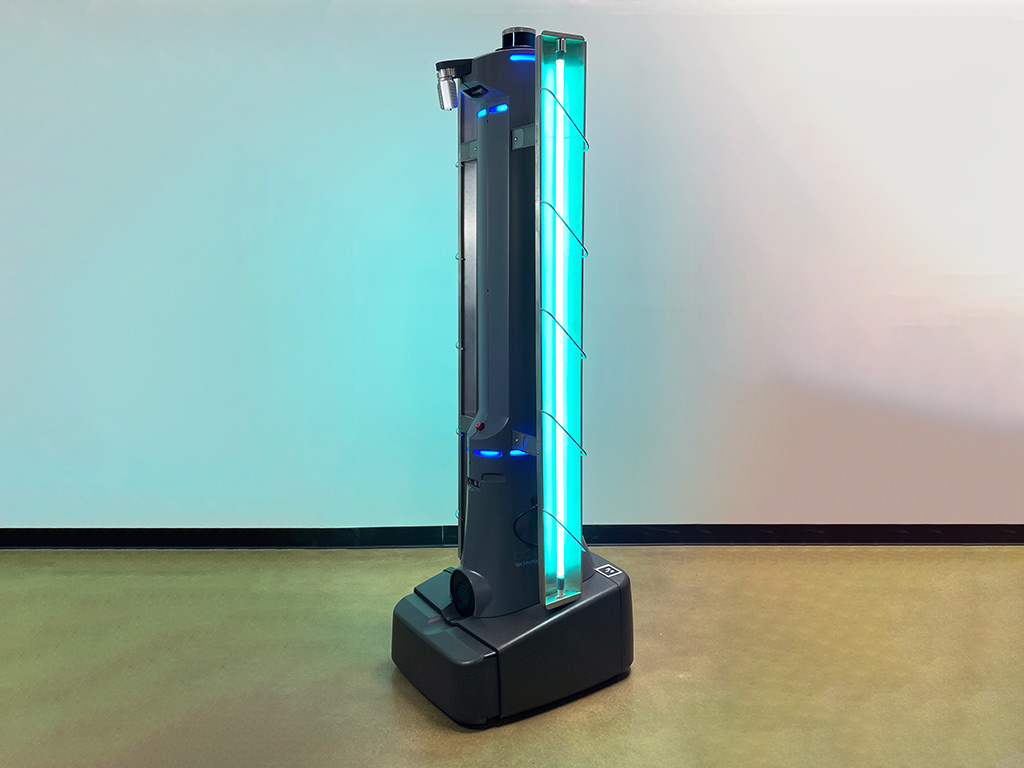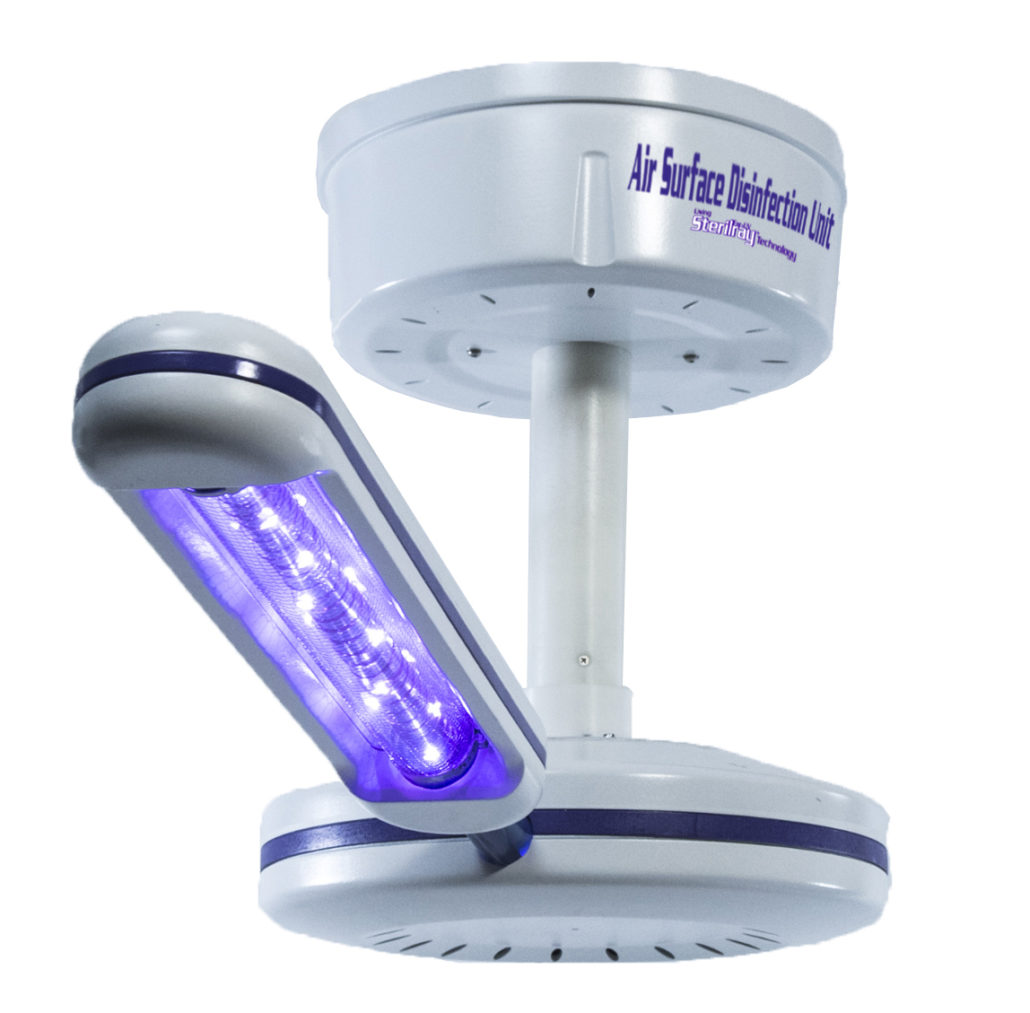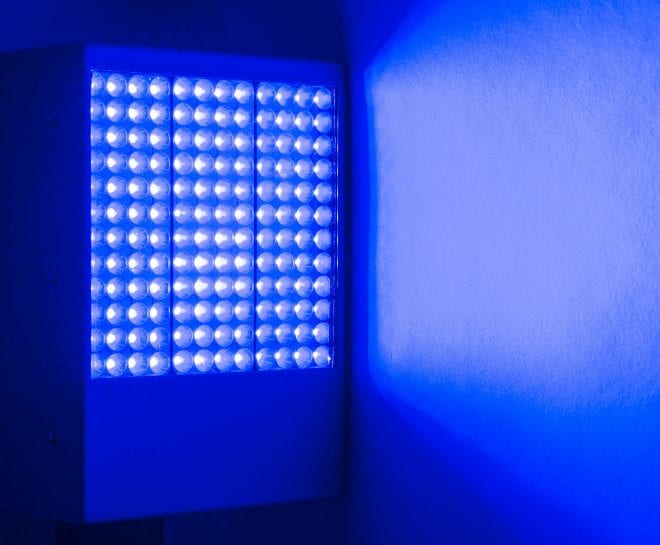Raise Your Sanitation Standards with Advanced UV Surface Disinfection Technology
Wiki Article
Utilizing the Potential of UV Sanitation: Safeguarding Health and Health
As the globe faces the continuous pandemic and the constant threat of transmittable illness, the significance of maintaining health and wellness and hygiene has actually never ever been much more evident. In this context, using the capacity of UV sanitation becomes a promising service. UV disinfection, an innovation widely utilized in various sectors, has verified effective in removing damaging pathogens. There is much even more to check out behind the scientific research of UV disinfection and its applications. From comprehending the systems at play to implementing this innovation in our lives, this conversation intends to shed light on the capacity of UV disinfection and its role in guarding our health and hygiene.Understanding UV Disinfection
UV disinfection is an extremely reliable and widely utilized approach for making certain and removing dangerous pathogens health and hygiene. This technique uses ultraviolet (UV) light to inactivate bacteria by harming their DNA and stopping them from reproducing. UV disinfection is especially efficient versus microorganisms, infections, and various other microbes that can create infections and conditions.The principle behind UV disinfection is easy yet powerful. UV sanitation can be used in different settings, consisting of water therapy plants, healthcare facilities, food processing industries, and air filtration systems.
Among the benefits of UV disinfection is its ability to effectively and successfully remove a wide range of virus without the requirement for chemicals or additives. Unlike various other sanitation techniques, such as chlorine or ozone, UV sanitation does not present harmful by-products or chemical deposits into the environment. In addition, UV sanitation is a non-contact process, which means that it does not call for physical contact with the microorganisms, reducing the threat of cross-contamination.

The Science Behind UV Sanitation
The efficiency of UV sanitation lies in its capability to interfere with the genetic material of microbes, rendering them incapable to reproduce and thus removing their harmful capacity. UV, or ultraviolet, radiation is a kind of electromagnetic radiation with wavelengths shorter than noticeable light. It is categorized into 3 kinds: UV-B, uv-a, and uv-c. UV-C radiation, especially, has the shortest wavelength and the greatest power. This high-energy UV-C radiation is most efficient in sanitation applications due to the fact that it can permeate the cell wall surfaces of microorganisms and damage their DNA or RNA.When microorganisms are revealed to UV-C radiation, the power is absorbed by their genetic material, creating bonds to damage and developing chain reactions that interrupt their capacity to recreate. This stops the microbes from spreading and reproducing infection. UV disinfection is especially efficient versus microorganisms, infections, and fungis, including common pathogens such as Escherichia coli, Salmonella, and Influenza.
The scientific research behind UV sanitation is sustained by extensive research and studies. It has been shown that direct exposure to an enough dosage of UV-C radiation can accomplish a high level of disinfection, frequently exceeding 99.9% efficacy in killing microbes. Nonetheless, it is very important to keep in mind that the performance of UV sanitation depends upon various factors, consisting of the strength of UV-C radiation, exposure time, distance from the UV source, and the susceptibility of the microorganism to UV radiation.
Applications of UV Sanitation
Offered the extensive research and efficiency of UV disinfection in interfering with the genetic material of bacteria, it is essential to explore the various practical applications of this technology. UV sanitation has actually proven to be a beneficial tool in a large range of sectors where preserving a safe and clean atmosphere is essential.One major try this web-site application of UV disinfection is in healthcare settings. UV light can be made use of to disinfect surfaces, devices, and also the air in hospitals and medical centers. This helps to decrease the danger of healthcare-associated infections and ensures a more secure environment for clients and health care employees.
An additional vital application is in the food and beverage industry. UV disinfection is utilized to deal with water and get rid of harmful pathogens, such as E. coli and Salmonella, from the production process. uv surface disinfection. This makes sure the safety and security and top quality of the products we consume
UV sanitation is also commonly utilized in water therapy plants and wastewater treatment facilities. It is a reliable technique for damaging hazardous microorganisms, viruses, and parasites that can be existing in water sources. This assists to offer safe and clean drinking water to communities and safeguard the atmosphere from contamination.
In addition, UV sanitation is used in the pharmaceutical sector to sterilize tools and keep the honesty of items. It is also used in labs and research facilities to stop contamination and make sure precise outcomes.
Advantages of UV Disinfection Innovation
One remarkable check here advantage of employing UV sanitation modern technology is its capacity to properly get rid of microbes without making use of extreme chemicals. This is especially beneficial in different settings, such as healthcare centers, water therapy plants, and food handling sectors, where the existence of hazardous pathogens postures a considerable risk to public health and safety and security.
Unlike typical disinfection methods that count on chemicals like chlorine or ozone, UV disinfection technology makes use of ultraviolet light to target and damage the DNA of microbes, efficiently neutralizing their capacity to replicate and cause infections. This procedure not only eliminates the demand for possibly dangerous chemicals yet likewise reduces the danger of chemical deposit or by-products remaining in the cured environment.

In addition, UV disinfection innovation is eco-friendly. As it does not rely upon making use of chemicals, it eliminates the requirement for their transportation, disposal, and manufacturing, lowering the overall carbon footprint connected with disinfection processes. In addition, UV sanitation systems have a longer life-span contrasted to chemical-based approaches, causing much less frequent replacement and further decreasing waste.
Carrying Out UV Sanitation in Every Day Life
To successfully carry out UV sanitation in day-to-day life, organizations and individuals can incorporate portable UV disinfecting tools right into their hygiene regimens and cleansing techniques. These tools are designed to give off ultraviolet light, which has actually been verified to kill or suspend a variety of bacteria, consisting of germs, fungi, and viruses. By using portable UV disinfecting devices, individuals can sanitize frequently touched objects and surfaces, such as cell phones, doorknobs, tricks, and laptops, reducing see this the danger of spreading bacteria and infections.Along with integrating portable UV sterilizing devices, it is vital to follow correct standards and suggestions for reliable UV disinfection. This consists of guaranteeing that the tool is used appropriately and for the recommended period to accomplish optimum disinfection results. It is also crucial to prioritize precaution, such as using safety eyewear and staying clear of direct exposure of the UV light to the skin.

Furthermore, companies can apply UV sanitation innovation in various setups to boost health methods. Healthcare facilities and health care facilities can make use of UV disinfection robotics to sterilize client areas, operating theaters, and various other high-touch areas. Food processing sectors can integrate UV sanitation systems right into their assembly line to boost food security and avoid contamination.
Conclusion
To conclude, UV disinfection technology holds wonderful possible in protecting health and hygiene. By taking advantage of the power of ultraviolet light, it efficiently removes dangerous microorganisms and lowers the danger of infections. This technology can be used in various setups, such as medical facilities, water therapy facilities, and public areas, offering a reliable and safe technique of sanitation. With its various benefits, UV sanitation is a useful device for maintaining a clean and healthy and balanced setting.Unlike other disinfection techniques, such as chlorine or ozone, UV sanitation does not present harmful by-products or chemical residues into the atmosphere. It is vital to note that the efficiency of UV sanitation depends on numerous factors, including the intensity of UV-C radiation, exposure time, distance from the UV source, and the susceptibility of the bacterium to UV radiation.
An additional benefit of UV disinfection technology is its ability to provide continuous and fast disinfection. Unlike handbook cleansing techniques, which can be lengthy and call for significant labor, UV sanitation systems can be automated and run continuously, guaranteeing consistent disinfection without human intervention.To efficiently apply UV sanitation in day-to-day life, individuals and companies can integrate portable UV sterilizing tools right into their health routines and cleansing techniques.
Report this wiki page